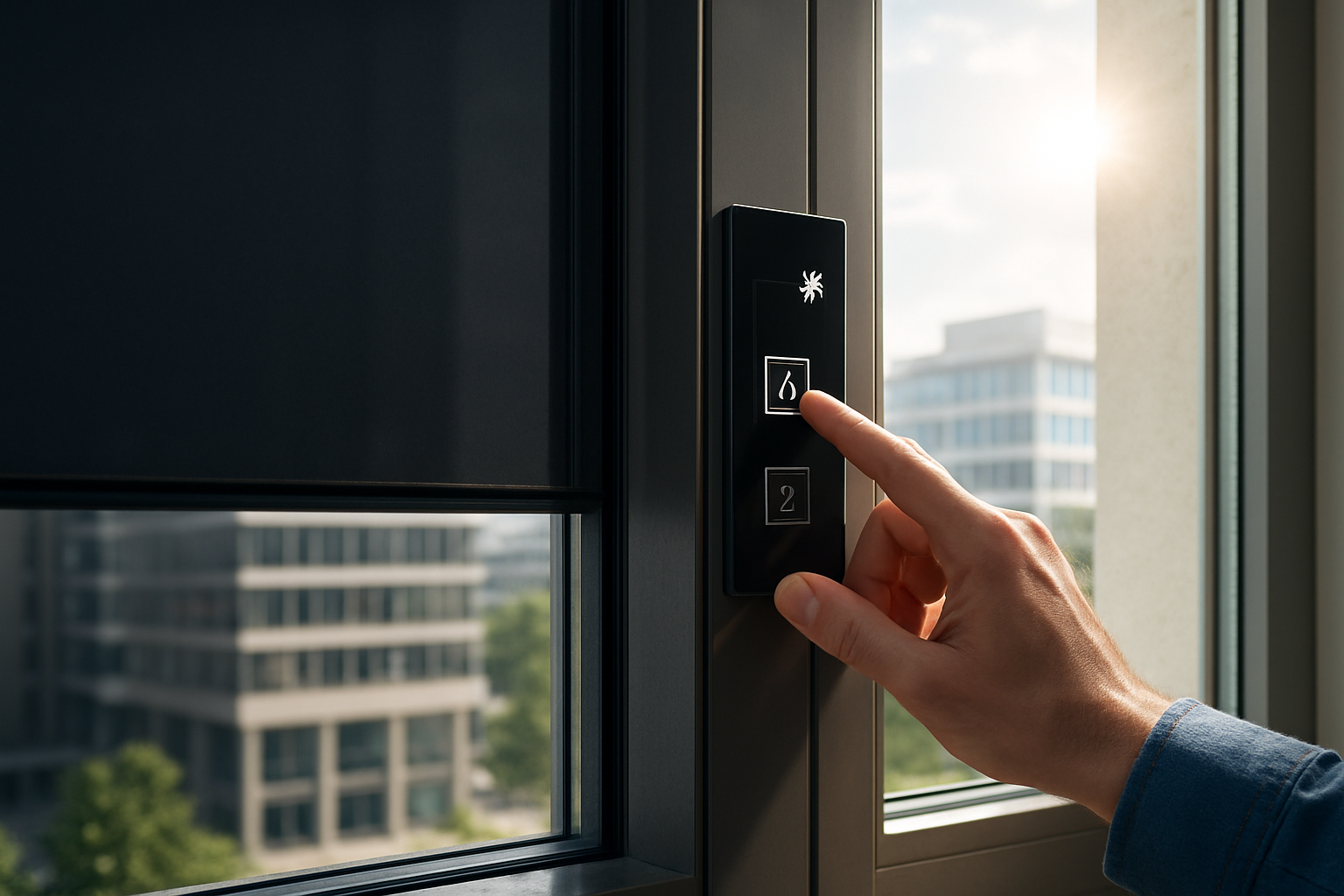Smart Trash Can: Features, Benefits, and Considerations
Smart trash cans combine traditional waste containers with sensors, electronics, and software to simplify how households and businesses handle waste. These devices use a range of technologies — from simple infrared triggers to internet-connected monitoring — to open lids, track fill levels, and sometimes compact or sort waste. In this article we explain what a smart trash can does, how smart technology and motion sensor features work, the hygiene advantages of touchless operation, and practical points to consider when choosing one for your kitchen, office, or public space.

What is a smart trash can?
A smart trash can is a waste container enhanced with sensors, actuators, or connectivity to automate or improve tasks related to waste disposal. Common capabilities include automatic lid opening, fill-level detection, odor control, and alerts for bag changes. More advanced units may integrate with home assistants or apps to report status, schedule pickups, or suggest recycling actions. These additions aim to reduce manual handling, improve cleanliness, and give users better information about their waste streams without replacing basic trash can functions.
How does smart technology help waste disposal?
Smart technology in trash cans usually refers to the embedded sensors and software that optimize waste disposal. Fill sensors (ultrasonic or weight-based) can notify users or custodial services when bins approach capacity, helping avoid overflows. Connectivity can enable scheduled emptying or data collection for waste audits in commercial settings. Some systems add compaction to reduce volume or provide prompts to separate recyclables. By linking data to apps or building management systems, smart solutions can make waste disposal more efficient and easier to manage at scale.
How do motion sensor features work?
Motion sensor lids commonly use passive infrared (PIR) or infrared proximity sensors to detect movement or the presence of a hand. When the sensor detects motion within its range, it sends a signal to a motor that lifts the lid for a preset interval. Proper placement and calibration reduce false triggers from pets or passersby. Power comes from replaceable batteries, rechargeable cells, or mains adapters. Users should consider sensor range, response speed, and power consumption when selecting a unit, since these affect reliability and maintenance frequency.
What benefits does touchless operation provide?
Touchless operation reduces direct contact with bin surfaces, lowering the transfer of germs and making disposal more hygienic in kitchens, bathrooms, and high-traffic areas. It can also minimize odors by ensuring the lid is closed promptly, and improve accessibility for people with mobility limitations. However, touchless systems introduce trade-offs: they need power, can require occasional sensor cleaning or recalibration, and may have a higher upfront cost than traditional bins. Evaluating how often the unit will be used helps determine whether touchless advantages outweigh those considerations.
Choosing the right smart trash can for your space
When selecting a smart trash can, match capacity and form factor to the intended location: compact counters for kitchens, larger pedal or bagged units for offices, or rugged public bins for shared spaces. Decide on power source (battery vs rechargeable vs plug-in), lid mechanism, bag compatibility, and whether you need connectivity or data features. Consider maintenance needs (filter or bag replacement), warranty, and privacy implications if the device connects to cloud services. Check local services in your area for proper recycling and disposal guidelines to ensure the unit supports your waste sorting goals.
Smart trash cans bring convenience and data-driven improvements to everyday waste handling, but they are not one-size-fits-all. Assess your priorities—hygiene, automation, data, or capacity—and weigh those against maintenance requirements and compatibility with local waste disposal practices. A well-chosen unit can reduce manual tasks and make waste routines cleaner and more predictable, while remaining aligned with local recycling or collection systems.






